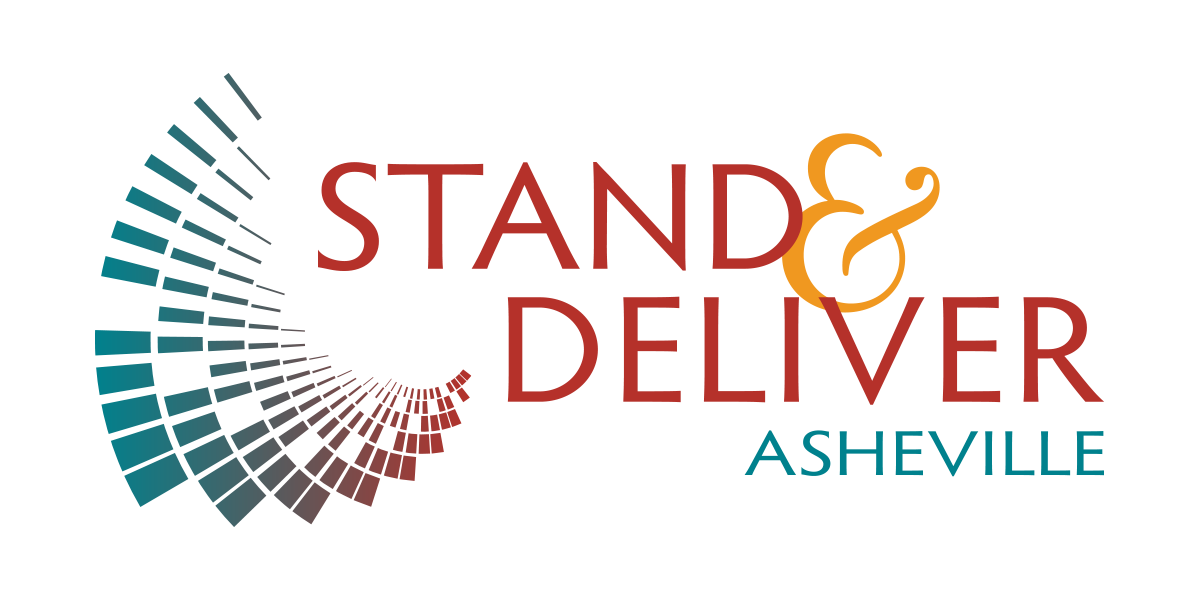How to Use Storytelling Effectively
We’ve all heard the advice:
Tell a good story.
When it comes to public speaking, it’s practically gospel.
And it’s true. Stories are power tools.
→ Want to bring your message to life? Tell a story.
→ Want to captivate your audience? Tell a story.
→ Want to move them emotionally? Yep, story.
But like any tool, stories only work when used with clarity and purpose.
Let me introduce you to Syd. When we began working together, Syd brought several stories to his draft.
First, I was beside him as he experienced a life-changing perspective.
Then, I was in a classroom, learning about inclusion.
Minutes later, I was watching a stranger’s act of generosity ripple outward.
Each story mattered—but together, they competed for attention. His message, though heartfelt, became fragmented.
Here’s the truth: as speakers, our job isn’t just to tell stories.
It’s to stand for something. To choose the idea we most want to communicate and lead our audience to the core message.
So, Syd and I went spelunking.
Not in a cave, but through my signature message-mining process. We dug into his thoughts, explored his intentions, and clarified the core idea.
And in that process, Syd found the story that said it all.
One story. One message. One clear call to belief.
TALK TIP FOR STRONGER SPEECHES
Start with the core, not the story.
Before adding anecdotes, ask yourself: What do I want my audience to walk away believing and doing? Then, build around that.
One story, one message.
Choose a story that aligns directly with your core idea. A single, powerful story is better than three competing ones.
Use stories to serve your idea—not the other way around.
A good story should illuminate your point, not distract from it.
When your message rises from your story, it echoes long after the words are gone.
— Barrie
